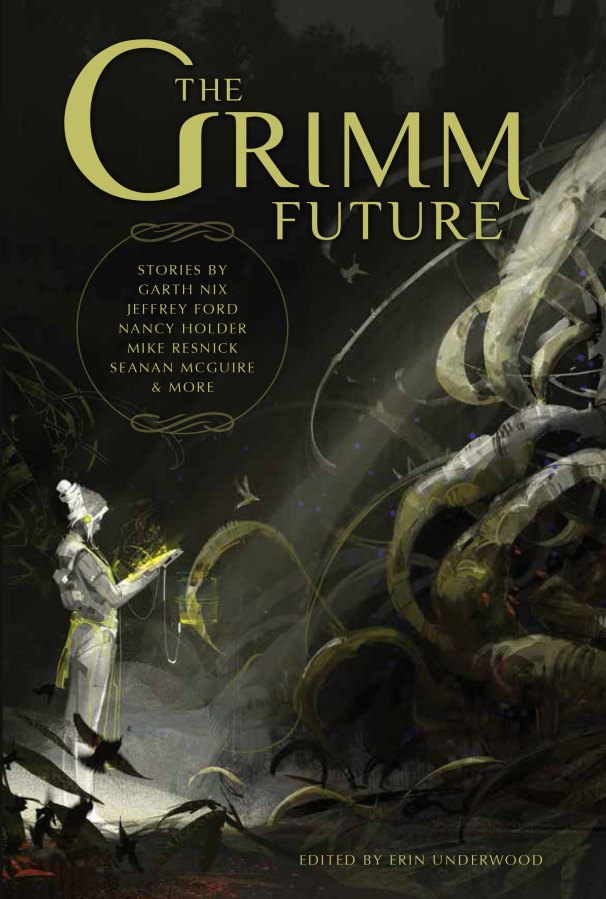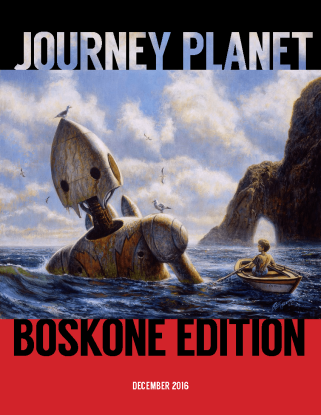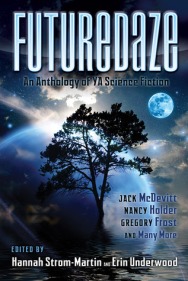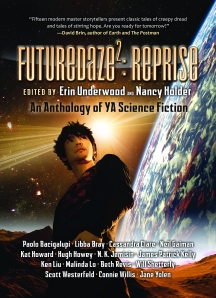Spider-Man: Across the Spider-Verse isn’t just a good film, it’s a technological achievement in art and sound that will transform how we tell live action animated stories.
This is my deep dive into the technology and art within Spider-Man: Across the Spider-Verse. I also have a proper movie review on the story, characters, and plot, if you’d like to watch that. Also, be sure to hit subscribe and let me know that you are here.
Okay. So, let’s get into it. The written review is below (originally posted on Medium). However, if you’d rather watch the review, here’s the link to my YouTube video review:
To command the box office returns and critical acclaim that the film is already receiving, there is more to “Spider-Man: Across the Spider-Verse” than a traditionally animated comic with a good story. There is a new level of creative originality in telling cinematic stories that are experiential, all of which is made possible by new technologies and the audience’s ever-growing familiarity with and desire for new forms of visual storytelling.

“Spider-Man: Across the Spider-Verse” is a dazzling display of story, art, and technology in an all-new form of visual language that is exceptionally well-suited for an onscreen experience that keeps its audience enthralled during its entire two hour and twenty-minute run time. In this sequel to the box office smash hit “Spider-Man: Into the Spider-Verse,” Miles Morales meets a diverse host of other Spider-People who work together to protect the multi-verse and their places within it. The themes of love, friendship, and sacrifice are all present, but it is Miles who brings the element of hope to the Spider-Verse as he confronts the reality his own Spider-Man story. His story breaks the mold in so many ways.
The visual cascade of color and artistic styles paired with new animation technologies blast through the traditional cinematic barriers that have defined animation for years. This film and its current set of peers, from Avatar: Way of Water to Guardians of the Galaxy Vol. III are the end product of an open-source technology ecosystem that has fostered tools that have produced dramatic advances in animation and other filmmaking techniques.[1]
The technology that powers the animation sequences is astonishing bringing to life the colors, shapes, movement, and action as if you are not just seeing a comic book brought to life, but you are seeing inside of a multiverse of artists’ minds as they being Miles Morales’ story to life. And that’s just the visuals. There is a whole new level to experiencing movies with the Dolby Cinema and their Atmos technology that produces object based cinematic audio that uses moving audio with pinpoint accuracy[2] to create the audio feel of the Spider-verse in the theater, no matter how many speakers are in the room or where they are placed.
As mesmerizing as the CGI is on the screen, you still see the artist’s hand and the strong influence of the human artist at work. No matter how powerful the AI or animation technology, you simply cannot reproduce the layers of artistic design that work together to produce the emotional response that a film like Across the Spider-Verse delivers without the eye and hand of a human artist sculpting the digital design that hits the screen. There is a liquid brilliance to the visuals as the light and color are sculpted into shapes, and the layering effect of those shapes creates depth and motion that allow for a mixed 2D and 3D environment.
The core of the story within Spider-Man: Across the Spider-verse relies upon the ability to show how each world in the multiverse represents a different artistic style. Some are reminiscent of traditional comics animation from the 1960s while others embrace everything from photo realism to collage art, pixelation, anime, and more. It’s not just visually stunning, it’s intellectually significant from an artistic perspective - arguing in this ultra-modern visual language that there is a connection between all styles of art.
From the opening scene to the end credits, there is a purposeful artistic design that draws heavily on the new technologies available to studios today. While you are aware of the hand-drawn elements on some level, they technology blends them into the action and scenery, creating a unique cinematic experience that is remarkable on the big screen. While it’s sure to be enjoyable at home and on streamed devices, Spider-Man: Across the Spider-Verse is a true cinematic experience that is best viewed in a theater with a large screen and Dolby Cinema sound.
Visit my YouTube channel at @ErinUnderwood and subscribe for more videos and reviews.
[1] Academy Software Foundation in partnership with Linux Foundation Research, “Open Source in Entertainment 2022” Link: https://aswf.lfprojects.linuxfoundation.org/wp-content/uploads/sites/69/2022/03/LFResearch_ASWF_Report.pdf
[2] Dolby Presents: “Universe” | Trailer \ Dolby, Dolby, 9 March 2019. Link: https://www.youtube.com/watch?v=hesv-etwK_o






